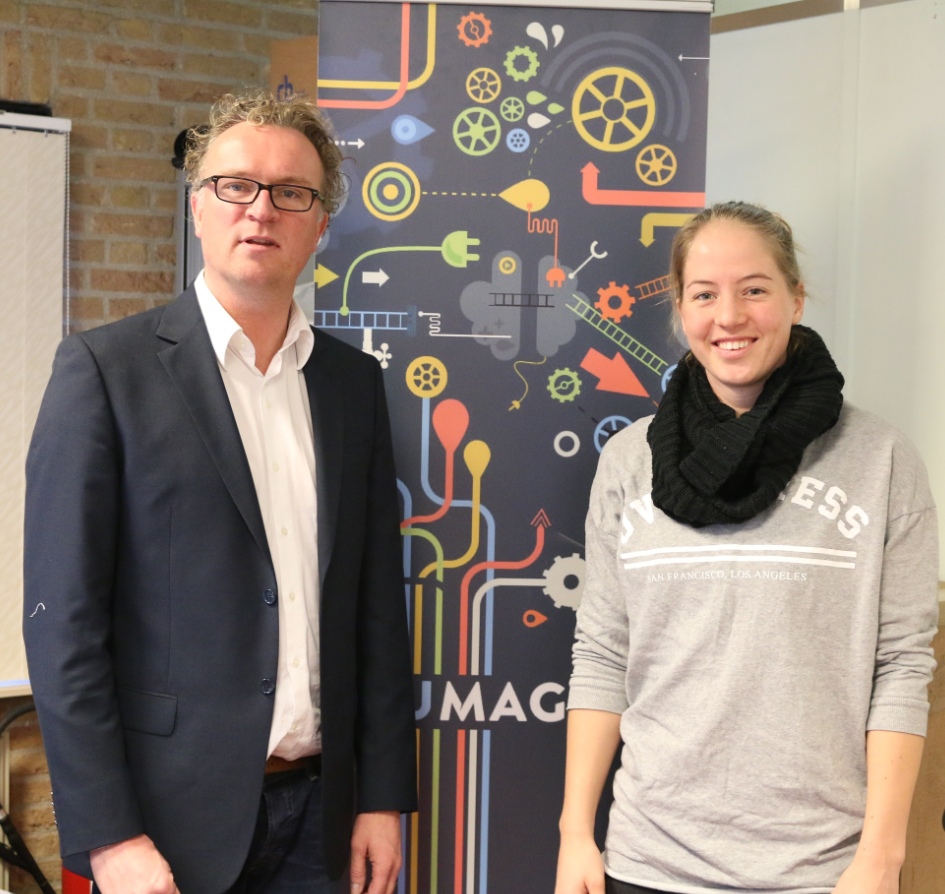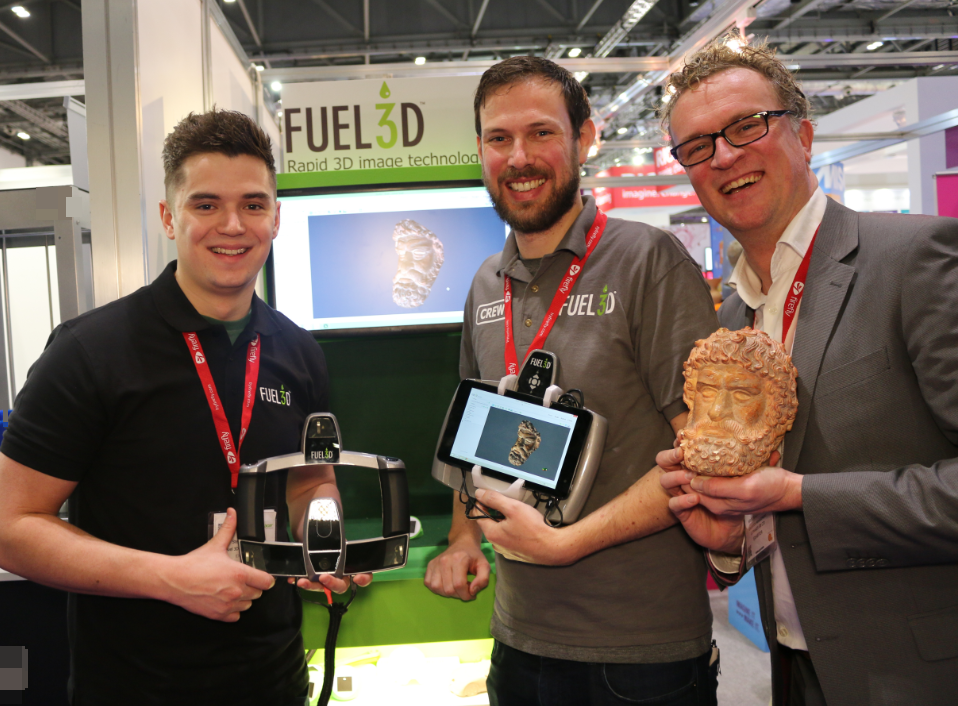Students from Fontys University of applied Science in Eindhoven and Ultimaker Education have joined forces in the international Mechatronics Competition: CCM Trophee 2015. The name of the team is ‘Rembrandts’ and together we’ve achieved very good results!
Several universities from three different countries had gathered to compete in the CCM Trophee 2015 competition in Eindhoven, the Netherlands. The CCM trophee is organized every year by the Centre for Concepts in Mechatronics.
Contest regulations
All participants had to build a robot that is able to walk up the stairs, while carrying beer. The glasses must be held in a pre described tray. The fastest robot that spills less than 20% of the beer wins.
3D printing brought new opportunities
3D printing brought new opportunities to the table during the design and build phase of this robot. Also, the students of Fontys were able to save time & money in preparing some the robot parts. This unique robot has many 3D printed parts, e.g.:
- caterpillar pulley drivetrain
- motor cable protector&built-in encoder mount
- triangle impact mounts on the arms
- end-switch blocks for the arms
- extrusion guidance and plug&play electronics
- custom scissor lift with iGus Spindle
- servo & gyro controlled stabilizer
- pumptube arch – beer suction system
The result: first prize
All contributing partners are proud to announce that team Rembrandts has won the first prize!
Interested in next years tournament 2016? Please contact Ronald Scheer, Program Manager Education at Ultimaker. Or visit Centre for Concepts in Mechatronics.
Students were able to write history for their school
In recent years, students from Fontys University of applied sciences have entered this contest multiple times, but none of these teams were able to win the first prize. This year is the first year that the grand prize went to Fontys!
Thanks to all partners
This robot had not been able without the great help of:
- AAE
- Adruu
- CCM
- KMWE
- MTA
- STHO
- and all the team members!






